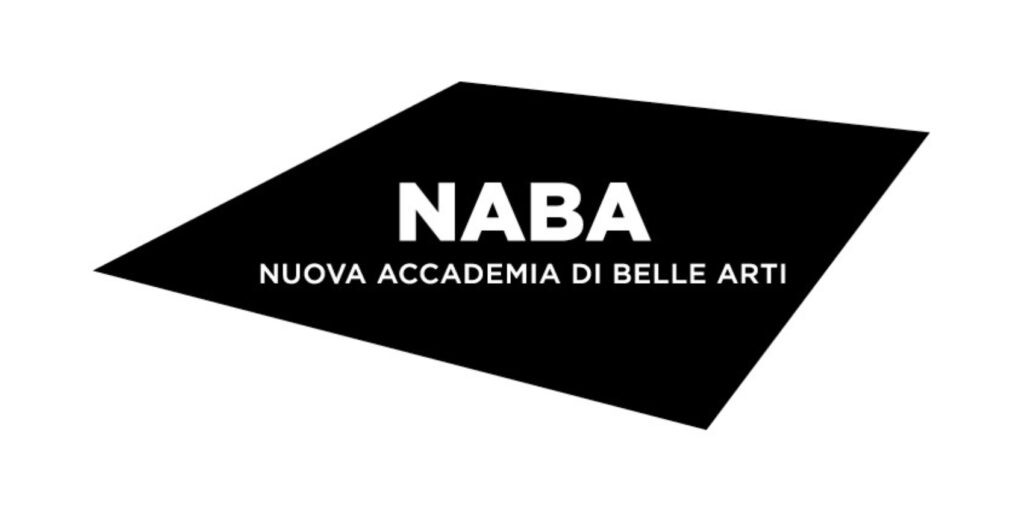Visual merchandising – A Career Guide, Salary, Scope, Jobs,
Jd Institute
- October 4, 2022
- 9 min read
- Blogs

The purpose of visual merchandising is to increase sales by using colours, patterns, lighting and signage. Displays, models, props, images, and product placement usually reflect this. It is the responsibility of a visual merchandiser to oversee the overall design of a shop and to exhibit products in a way that will encourage customers to buy. We examine what visual merchandising is and the importance of a virtual merchandiser in retail.
What is Visual Merchandising?
It involves utilizing visual design to attract and retain customers. Through it, businesses are able to increase sales and generate repeat business as well as create a stronger brand image among consumers. This field offers a variety of practical applications and specializations.
What dose a Visual Merchandiser do?
A visual merchandiser presents products and services in a way that highlights their features and benefits. As a member of the retail industry, a visual merchandiser is a professional.
Engaging, motivating, and attracting customers is the purpose of visual merchandising. By interacting with customers in a planned manner, merchandisers help companies increase their productivity and sales.
Creating retail strategies that maximise product aesthetics is one of the main functions of the visual merchandiser in any retail team. An organisation’s identity, look, and feel are shaped by them. The following are involved in this field:
- Communicating choices to stakeholders about new layouts
- Rearranging layouts and displays
- Adapting lighting and implementing new display technology
- Assisting designing with graphic

Skills of a visual merchandiser
Skills can be developed in order to pursue a career in this field.
These skills include:
- Creativity – A creative flair is important to a visual merchandiser’s success. They use innovative space and layout strategies to stimulate consumers to purchase products and services. Whether they are selling clothing, accessories, hardware, food, or electronics, the first step toward generating sales is to generate a positive impression and curiosity.
2. Verbal communication skills – It is important in communicating with customers and retailers. A visual merchandiser should communicate with retailers to strategize the best strategies for marketing a product. In addition, they must be capable of maintaining visual merchandising consistency across multiple stores. They must be in constant communication and coordination with one another in order to maintain visual merchandising consistency.
3. Industry Information – Professional visual merchandisers should be knowledgeable about industry trends in order to assist store owners in attracting and retaining customers. To gain a better understanding of the materials, equipment, aesthetic styles, and colour schemes that are popular in the field, seek out more information. You may use your industry knowledge to develop effective visual merchandising strategies if you realise what common customers prefer. Industry information and expertise in brands, their philosophies, and agendas can assist you in developing successful visual merchandising programs.
4. Brand Knowledge – The knowledge you gain from understanding a brand can assist you in communicating with store managers, marketing teams, and retail purchasers more effectively. An appreciation for a brand can assist you in attracting customers to the business.
5. Organisation and Management Skill – Visual merchandisers also assist staff and marketing personnel in implementing their advertising campaigns. These individuals have excellent management and organisation abilities to organise materials, supplies, and props. You may need to organise operations and liaise with suppliers to source supplies and materials. You can effectively coordinate the efforts of all individuals towards a single goal with these abilities.
6. Interpersonal Skills – As a visual merchandiser, you may need to manage workers and direct them in creating visually appealing displays. You might require strong interpersonal skills to work with corporate officers, buyers, salespeople, and other merchandisers to enhance sales. These skills also enable you to build and maintain numerous professional relationships.
7. Design and Computer Literacy – Your computer-aided design expertise may determine how well you advertise services and products, increase sales, enhance store experience, and draw more customers. You may be successful in this job if you are detail-oriented and have a natural talent for matching colours, patterns, text, and company logos in an appealing manner. You must familiarise yourself with computer-aided design tools to maximise your artistic scope. As you train and grow these skills, you may develop your personal style and begin earning recognition for your work.
8. Customer Management Skill – Regularly solicit customer feedback and comments. As a result, you will have a better understanding of the consumer and will be able to offer real suggestions for improving your store. In addition to identifying customer service tactics and procedures that might lure customers to buy products or services from your shop, also look for strategies and procedures that will draw customers.

Visual Merchandising: Job Profiles and Average Salary
Those seeking a career in visual merchandising will find it to be a very exciting and rewarding one. It is a career option in which candidates can expect to be paid well based on their qualifications and experience. Freshers are usually offered salaries between Rs 3 lakhs and Rs 4 lakhs per year.
Some jobs details are given below:
- Visual Merchandiser – Visual Merchandisers are responsible for presenting the product in a way that attracts more customers. Organizing the store element, introducing new marketing techniques internally, and ensuring that both existing and potential customers would be attracted to the store is what they did. The average starting salary for this profile is INR 3 lakhs – 4 lakhs.
2. Layout Designer – Majority of layout designers work on improving layout to ensure efficiency. In addition to organising store equipment, introducing best practices, and optimising operations, they help improve retailers’ businesses. The average starting salary for this profile is INR 2.4 Lakhs – 3.6 Lakhs.
3. Store Manager – Managers have a bit more responsibility than Visual Merchandisers, as they are responsible for handling day-to-day tasks such as inventory management. The average starting salary for this profile is INR 3 Lakhs – INR 4 Lakhs.
4. Brand Manager – The image and popularity of a brand are managed by brand managers. Higher education diploma holders typically work with smaller sellers even though they may be working in a Brand Manager role for larger companies. The average starting salary for this profile is INR 4.8 Lakhs – 6 Lakhs.
5. Merchandising Consultant – The merchandising consultant usually works with retailers on a client-to-client basis in order to improve sales performance. Diwali and Valentine’s Day are popular festivals when they are in high demand. The average starting salary for this profile is INR 4.8 Lakhs – 6 Lakhs.
Visual Merchandiser: Future Scope
The scope of a visual merchandiser can expand to many market fields. Exhibition displays, birthday celebrations, set design, theatrical sets included – theme parties or home or wedding hotel decoration are some of the popular areas. Many successful brands like Action, Amul, Myntra, Amazon, Future Group Etc. are emerging to welcome more employees on board.
How to become a visual merchandiser ?
To become a visual merchandiser follow the below mentioned steps:
1. Pursue formal education
You may pursue a bachelor’s degree in art, design, or marketing at the graduate or postgraduate level. At the graduate or postgraduate level, you may earn a degree or diploma, which typically takes one to two years to finish. These classes can teach you about consumer behaviour, vendor management, lighting, design, and material exploration.
2. Get certified
You may earn certification to ensure that you are aware and updated of the upcoming trends in the market. Having the right certification can assist you in advancing in your career as a visual merchandiser. The accredited diploma in merchandising allows an aspiring visual merchandiser enter the workforce with confidence since it offers the skills required to succeed in the field. By learning some skills such as digital design, graphics, colour theory, art, drawing, and graphic design, you may also advance as a visual merchandiser.
3. Gain work experience
Visual merchandisers should have experience with a number of skills and approaches in order to succeed. Participating in an on-the-job course can provide you with the opportunity to design and create unique merchandise displays. It may help you understand the design process and judge how well design components work together better. You can get training in department stores or boutiques as a sales associate and build a successful visual merchandising company over time. To advertise a product’s most beneficial aspects, visual merchandisers use them.
4. Get to know the craft
Merchandise design is a sophisticated process that involves a number of components. Merchandisers play an important role at every phase of the product’s development, ranging from initial design drafts to final installations. They may be able to pick the right props, fixtures, and signage to maximise visual marketing impact. To know your craft in detail and depth makes you effectively design lighting, banners themes, colour schemes, layouts, and other components for retail stores.
5. Identify an industry
You may seek employment with museums, theme parks, traditional retail stores, and event sponsors after earning a bachelor’s degree in visual merchandising. As you pursue further study in a certain industry, such as clothing or appliances, you may also be able to obtain new positions. You may also be able to seek employment at museums, theme parks, traditional retail stores, and event sponsors.
Four important elements of Visual Merchandising
Colour, lighting, colours, and signage are used intelligently to make goods and services more desirable to purchasers. These are considered as the four most crucial elements of visual merchandising:
- Colour – Colour is probably the most significant facet of merchandising. It can be used to evoke a range of emotions, and it may be associated with brand values.
- Light – Light and illumination can be used to emphasise certain aspects of the store and its products. It can also set the mood of the location.
- Space – Visual marketing relies heavily on space. Customers’ interaction with products in the store can be influenced by the layout and placement of the products.
- Signage – A retail experience is enhanced by the use of signage, which is a fundamental tool in the branding process. Signage fonts and styles are usually very specific to brands. They maintain consistency across different stores and locations by being specific, which creates awareness of their brand






